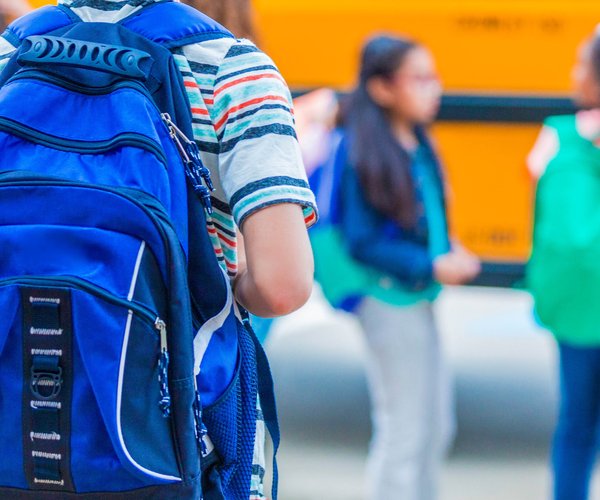I have met with several farmers in the county and have scouted peanut and soybean fields to check for caterpillars. These pests reduce the foliage on the plant with their chewing mouthparts. If there is a large enough number of caterpillars in these crops, the crop yield can be reduced. Because of this, our farmers spend many hours scouting their fields to make sure this pest does not cause too much damage.
Caterpillars do not only have a taste for row crops either, we are seeing them currently in the homeowner’s ornamental plants. And just like in row crops, if the number or infestation is high enough, it can cause damage to the plant.
You need to understand the type, size and the growth phase of the plant and the type of caterpillar you have before deciding whether to control them.
Deciduous trees will soon be losing their leaves anyway. Foliage feeding by caterpillars is likely to cause little injury. The leaves are going to fall off anyway.
For evergreen trees, foliage loss will be more likely to affect the tree and control is more likely to be needed. For evergreen trees, especially avoid defoliation of entire limbs since these often do not recover.
Bagworms are a long lasting problem. I have received several calls about this pest, it seems to prefer the leyland cypress tree. This pest forms a cone around its body and it looks like small cocoons are hanging from the limb. Since the bags contain hundreds of eggs which will hatch next year, you will need to pick off the bags and destroy them.
Also, since the bags are sealed now and pesticide cannot easily get inside removal is your best form of control. Remove the bags you can see right now and plan to check these plants for small bagworms next May.
Young trees or trees weakened by other factors may be more likely to be damaged by loss of foliage to caterpillars than younger, healthy trees.
Evergreen shrubs retain their leaves throughout the fall and winter and into next year. Injured leaves on evergreen shrubs will be visible until they fall naturally — which could be a year or more from now. Control decisions on shrubs should be based on the level of aesthetic injury the home owner will accept.
Deciduous shrubs, like deciduous trees, will be losing their leaves soon and foliage loss to caterpillars in the fall is less likely to cause a lasting problem.
For more information or questions, contact Effingham Extension Agent Sam Ingram at 754-8040 or singram@uga.edu.








